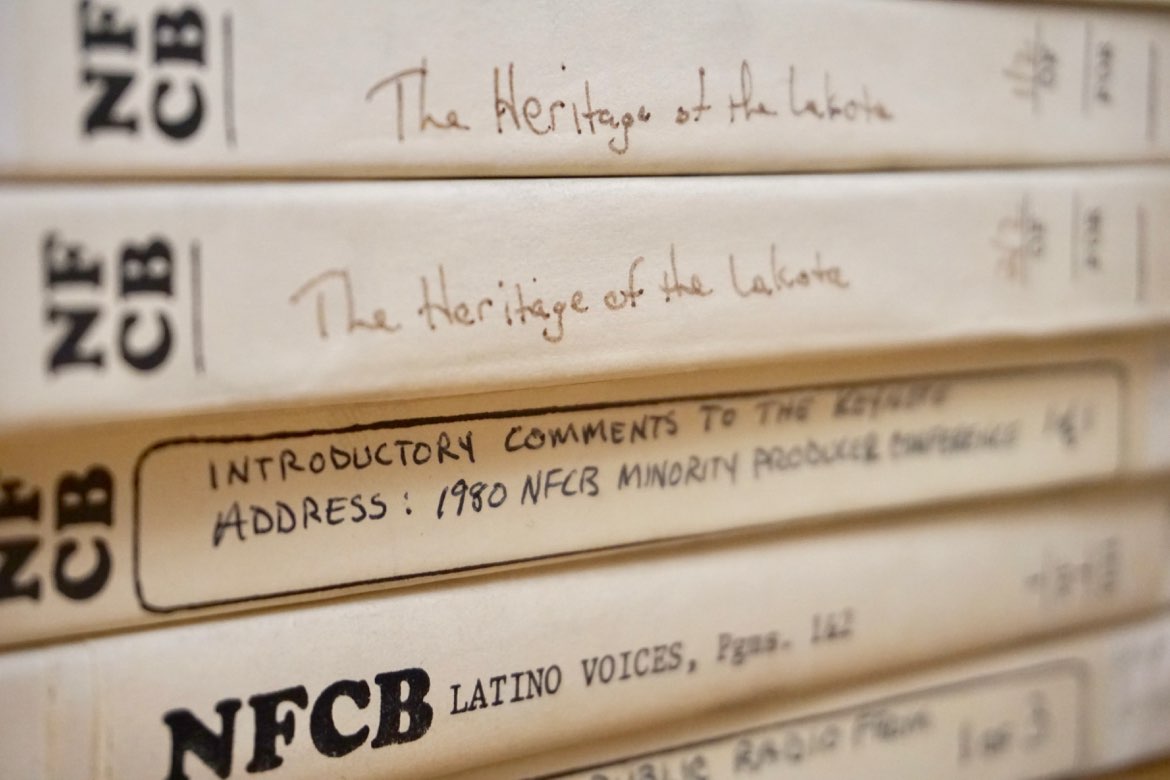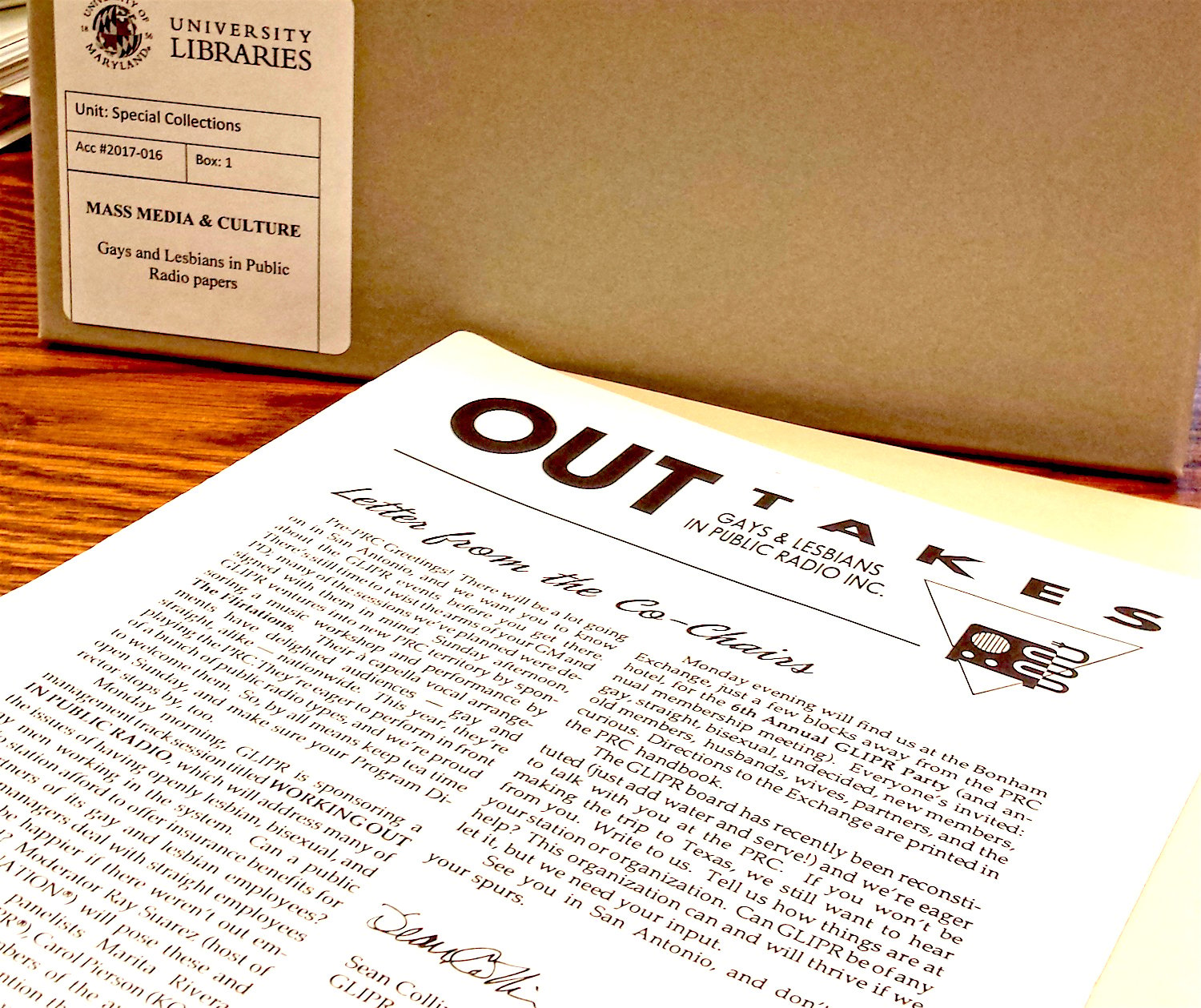About Public Media
A DJ looks back on 50 years on jazz radio in the nation’s capital
Rusty Hassan has seen shows and stations come and go during his long career on Washington, D.C., airwaves, and he's still at ...‘The World Is Yours’: How the travelogue shaped early public broadcasting
The globetrotting quality of public media is neither new nor politically neutral and has roots in the earliest days of American broadcasting.Read this shockingly prescient 1970 mission statement for the precursor to NPR’s ‘Fresh Air’
In a previously unpublished grant application, NPR founding father Bill Siemering proposed a show on WBFO in Buffalo, N.Y., "growing out of ...The survival of public broadcasting’s legacy has long been part of its mission
The National Public Broadcasting Archives at the University of Maryland reflect an inherent dedication to preservation.How President Johnson set the stage for passage of the Public Broadcasting Act
Only eight months after LBJ called on lawmakers to support his bill creating CPB, the measure passed Congress with overwhelming bipartisan support. ...Early gay radio group donates collection to public broadcasting archives
Gays & Lesbians in Public Radio, which was active from the late 1980s to the mid-’90s, was a small but dedicated group.Drop the stuffy presentation style for classical radio and the format will thrive
To the Editors, I read Ben Mook’s Feb. 11 piece about the de-commercialization of classical radio with a mixture of sadness and muted ...CPB appropriations by year
This is CPB’s account of its history of annual appropriations since its founding in more than 40 years ago. Figures shown represent ...At 90, pubradio pioneer upholds a literary tradition
Decades ago, Karl Schmidt occupied himself by staging elaborate award-winning works of theater for radio broadcast. At 90, he’s still weaving compelling ...Appropriations by Congress to CPB / Curve, 1969-2001
Opponents of aid to public broadcasting created plateaus in CPB spending in early 1980s and again in 1990s. But the general upward ...NPR Underwriting Credit Guidelines, 2012
Retrieved from NPR.org Nov. 25, 2012 Underwriting credits acknowledge organizations which fund public radio programming. Federal law mandates this identification and further allows ...PTFP’s last round of grants, fiscal year 2010
PTFP’s last annual grant round came toward the end of fiscal year 2010, and the agency later began soliciting applications for FY ...Life cycle of a reform: independence of CPB Program Fund
Ron Hull, a former director of the Program Fund, reflects on the value of buffer from partisan politics Jan. 2, 1979 — Robben ...Public media’s “value” derived from service to local communities
To the editors: Amanda Hirsch asks if the “value proposition” for public media is different today from what it was in the ...









